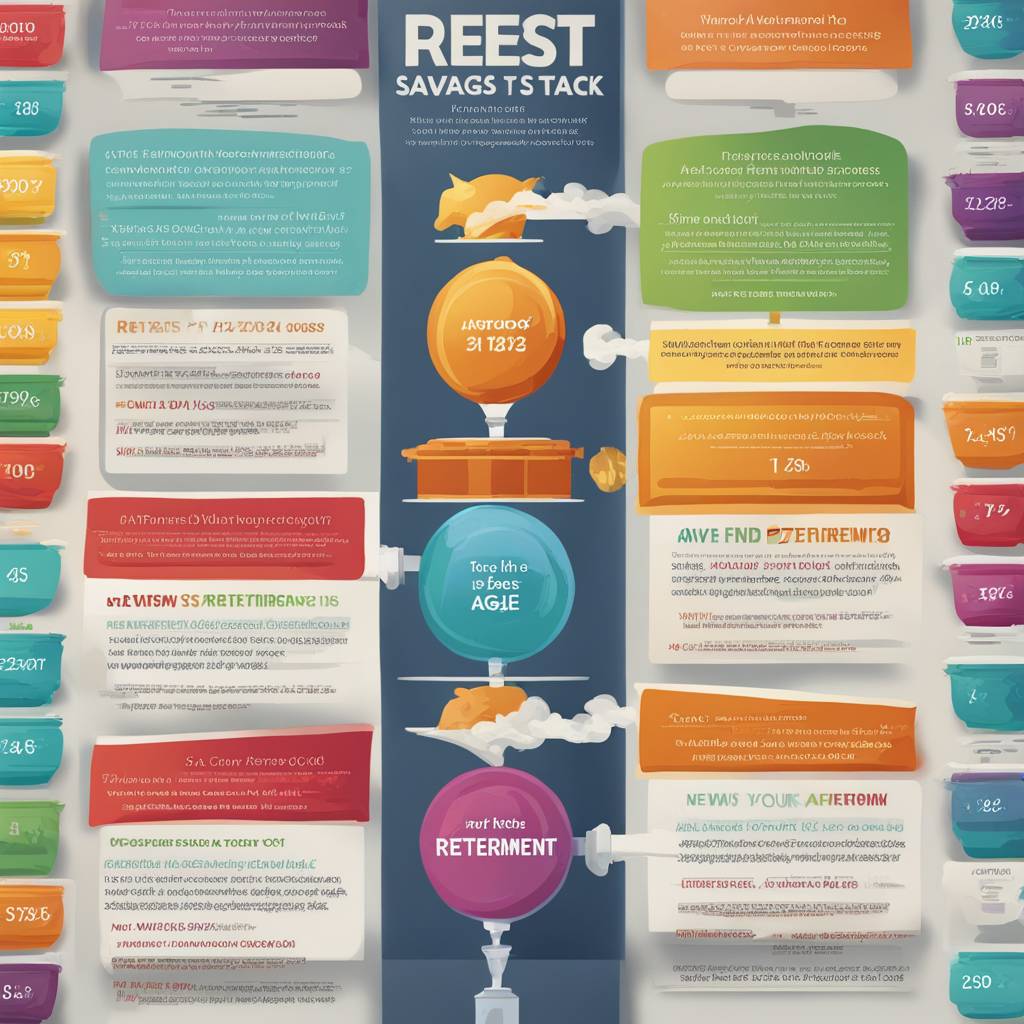According to the Federal Reserve’s 2022 Survey of Consumer Finances, almost half of Americans do not have a dedicated retirement savings account. Only 54.4% of American families reported having retirement accounts such as a 401(k) or IRA. This is concerning as many Americans rely solely on Social Security benefits, which average around $1,907 per month for retired workers. This amount is not far above the poverty threshold for individuals over 65, highlighting the importance of having additional retirement savings.
The median savings in retirement accounts vary by age, with savings increasing until the 55-64 age bracket. Older age brackets tend to have greater savings until individuals reach 75+ when drawdowns to fund retirement reduce savings. It is important for individuals to compare their savings to others in their age bracket to ensure they are on track for retirement. However, the amount of savings needed varies by individual, and saving less than others in your age bracket may not necessarily mean you are falling short in reaching your retirement goals.
Developing a retirement plan is crucial to ensuring a comfortable retirement. Factors to consider include how much money you will need, when you plan to retire, where you plan to retire, how you plan to spend your retirement, and any dependents you may need to support. Expenses may change in retirement, so it is important to factor in potential increases in costs like medical expenses. Various strategies, such as the 4% rule, can help determine how much you will need to withdraw each year to fund your expenses.
A study by Northwestern Mutual found that Americans expect to need $1.27 million in savings to retire comfortably, but many are falling short based on current savings data. However, there is hope to catch up on retirement savings by managing income and expenses during working years, optimizing investments, and seeking additional sources of income. Financial planners can assist in developing a personalized strategy to help individuals catch up on savings, even if they are behind or have no savings at retirement age.
It is crucial for individuals to formulate a plan to catch up on retirement savings, especially if they are behind. Strategies to catch up may include paying off debts, exploring investment options, and considering additional sources of income such as downsizing, home equity lines of credit, or selling assets. Each person’s retirement savings plan will be unique, but the goal should be to continuously grow your nest egg as you age. Taking action now can help ensure a more secure and comfortable retirement in the future.


